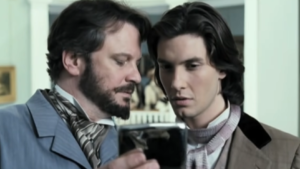 “The Picture of Dorian Gray,” a masterpiece penned by the legendary Oscar Wilde, a figure synonymous with wit, flamboyance, and the Aesthetic movement of the 19th century. This novel, a provocative blend of gothic horror and biting social commentary, explores the depths of human vanity, morality, and the consequences of unchecked hedonism. Whether you’re seeking a concise snapshot, a brief overview, or a detailed chapter-by-chapter breakdown, you’re in the right place. Our summaries aim to capture the essence of Wilde’s haunting tale and its timeless reflections on beauty and decay.
“The Picture of Dorian Gray,” a masterpiece penned by the legendary Oscar Wilde, a figure synonymous with wit, flamboyance, and the Aesthetic movement of the 19th century. This novel, a provocative blend of gothic horror and biting social commentary, explores the depths of human vanity, morality, and the consequences of unchecked hedonism. Whether you’re seeking a concise snapshot, a brief overview, or a detailed chapter-by-chapter breakdown, you’re in the right place. Our summaries aim to capture the essence of Wilde’s haunting tale and its timeless reflections on beauty and decay.
One sentence summary of The Picture of Dorian Gray
A young man named Dorian Gray remains eternally youthful due to a portrait that ages and bears the weight of his sins, leading to his moral downfall and eventual self-destruction.
One Paragraph Summary
A young and beautiful Dorian Gray has his portrait painted by the talented Basil Hallward. Influenced by the hedonistic Lord Henry Wotton, Dorian wishes that he could remain forever young while his portrait ages and bears the scars of his sins. As Dorian indulges in a life of debauchery, cruelty, and moral decay, his physical appearance remains untouched, but the portrait becomes increasingly grotesque, reflecting the depth of his transgressions. Over time, haunted by the vivid evidence of his own depravity and fearing the revelation of his dark secret, Dorian’s growing despair and paranoia culminate in a tragic act of self-destruction.
Detailed Chapter-by-Chapter Summary
There are 20 chapters in our summary. Chapter names were made up; the original novel did not have named chapters.
Chapter 1: Intrigue in the Studio
In the ornate studio of the artist Basil Hallward, a spirited conversation unfolds between Basil and his witty friend, Lord Henry Wotton. The subject of their discussion is Basil’s latest masterpiece: a portrait of a strikingly handsome young man named Dorian Gray.
Lord Henry, with his cynically charming views on life and beauty, expresses a desire to meet this Dorian, whose youthful allure seems to have profoundly impacted Basil. Yet, there’s a hint of reluctance in Basil’s demeanor, suggesting that his connection with Dorian might be deeper and more complex than a mere artist-subject relationship.
Chapter 2: The Allure of Youth
In the garden of Lord Henry’s aunt, Agatha, Dorian Gray makes his entrance, embodying the very essence of youthful beauty and innocence. As Dorian and Lord Henry converse, it becomes evident that the young man is impressionable, hanging onto Lord Henry’s every word.
Lord Henry, with his characteristic eloquence, expounds on the transient nature of youth and beauty, suggesting that one should indulge in life’s pleasures before they fade. These ideas visibly disturb Dorian, who, reflecting on his portrait, expresses a desperate wish: that he could always remain as young as Basil’s painting, even if the portrait itself had to age on his behalf. Little does he know the weight of this whimsical desire.
Chapter 3: Temptations of Philosophy
In a lavish drawing room, Dorian Gray becomes the audience to Lord Henry’s captivating monologues on human nature, morality, and society. Lord Henry paints a picture of a world where the pursuit of pleasure is the highest aim, and where societal conventions are mere shackles.
As Dorian listens, he’s both fascinated and troubled, feeling the weight of Lord Henry’s words challenge his previously held beliefs. Around them, other guests engage in light banter, but it’s the undercurrent of Lord Henry’s influence on Dorian that takes center stage, marking the beginning of a profound transformation in the young man’s life.
Chapter 4: Whispers of Decadence
Time has passed, and rumors about Dorian Gray’s indulgences and escapades begin to circulate in London’s high society. While Dorian’s face remains as youthful and untouched as ever, those around him observe the stark contrast between his appearance and the tales of his increasingly questionable behavior. Lord Henry, ever the cynic, dismisses these stories as mere envy of Dorian’s charm and beauty. Yet, as the whispers grow louder, an unsettling realization dawns: Dorian’s wish for eternal youth might be coming true, but at what cost? The portrait, tucked away from prying eyes, holds the unsettling answer.
Chapter 5: The Enchanting Actress
Dorian Gray’s life takes an unexpected turn when he stumbles upon a hidden gem: a shabby theater in a less reputable part of London. Here, he becomes utterly captivated by the young and talented actress, Sibyl Vane. Her performances, filled with genuine emotion and passion, enchant Dorian to the point of obsession. He sees her as the embodiment of art and beauty, untouched by the world’s corruption.
Eager to share his newfound discovery, Dorian introduces Lord Henry and Basil to Sibyl’s world. However, while Dorian is blinded by love, his friends remain skeptical, hinting at the vast chasm between Dorian’s romanticized perception and reality.
Chapter 6: Declarations and Doubts
Dorian’s infatuation with Sibyl Vane deepens, leading him to propose marriage, much to the surprise of his inner circle. Lord Henry, in his typical fashion, expresses skepticism about the institution of marriage and its constraints, while Basil worries about the whirlwind nature of Dorian’s romance. As the two offer their advice, the chapter delves into the lives of the Vane family, particularly Sibyl and her brother James.
James, protective and wary, harbors reservations about Dorian’s intentions towards his sister. Amidst the whirl of emotions, Dorian remains steadfast, viewing Sibyl as his anchor in a life increasingly marked by excess.
Chapter 7: The Stage’s Betrayal
Excitement fills the air as Dorian brings Lord Henry and Basil to witness Sibyl Vane’s performance in “Romeo and Juliet.” But the evening takes a turn for the unexpected. Sibyl’s acting, once filled with raw emotion, now falls flat, lacking its usual passion. Distraught and embarrassed, Dorian confronts Sibyl backstage. She professes that her love for him has made her see the insincerity of her theatrical emotions.
But instead of understanding, Dorian, feeling betrayed by her lackluster performance, cruelly breaks off their engagement. As the night ends, a chilling transformation occurs, marking the portrait with its first sign of corruption.
Chapter 8: The Tarnished Image
Reeling from the previous night’s events, Dorian seeks solace in the confines of his home. He’s confronted with the changed portrait, its face now twisted into a cruel smirk, reflecting his own heart’s malice. The realization dawns upon him: his wish for the portrait to bear the brunt of his sins has come true. In a state of panic and guilt over his harsh treatment of Sibyl, he decides to reconcile with her. But Lord Henry, ever the master manipulator, arrives with heart-wrenching news.
Sibyl Vane, in her despair, has taken her own life. Dorian is initially devastated, but under Lord Henry’s influence, he adopts a chillingly detached perspective, seeing the tragedy as an artistic experience rather than a human loss.
Chapter 9: Descent into Indifference
Dorian awakens, haunted by Sibyl’s tragic end, yet Lord Henry’s words continue to echo in his mind, urging him to view life as an art form, free from the burdens of conscience and regret. As Dorian grapples with his feelings, he receives a letter from Lord Henry that further pushes the philosophy of detachment and the pursuit of sensory experiences.
Slowly, Dorian starts to embrace this worldview, choosing to immerse himself in a life of hedonism and to shun feelings of guilt or responsibility. The portrait, now hidden in a locked room, serves as a constant reminder of Dorian’s pact and the growing chasm between his eternal youth and his soul’s decay.
Chapter 10: The Portrait’s Dark Secret
Curiosity and a sense of foreboding drive Dorian to unveil the portrait once more. To his horror, he observes its further degradation, with the image now bearing not only the smirk of cruelty but other signs of moral decay. The stark contrast between his unblemished appearance and the portrait’s grotesqueness becomes undeniable proof of the supernatural bond between them.
In a bid to hide this dark secret, Dorian transfers the painting to an old, seldom-used room, covering it for added security. As he contemplates the path he’s on, Dorian’s commitment to a life of indulgence solidifies, with the portrait bearing the consequences of each sin.
Chapter 11: Echos of Decadence
Over the span of several years, Dorian Gray fully immerses himself in a whirlwind of hedonistic pleasures, influenced in part by a mysterious yellow book gifted by Lord Henry. This book, which becomes an obsession for Dorian, promotes a life of sensual indulgence and moral recklessness.
While Dorian’s face remains untouched by time, the rumors of his scandalous deeds spread throughout London society. Many friends and acquaintances become distant, shocked by the tales of his exploits, yet his youthful allure remains undiminished. All the while, the portrait remains hidden, a silent custodian of Dorian’s ever-darkening soul.
Chapter 12: A Burden Unveiled
The weight of his actions begins to press upon Dorian when he accidentally kills Basil Hallward, the artist and once dear friend who painted the haunting portrait. In a moment of vulnerability, Dorian reveals the ghastly transformation of the portrait to Basil, leading to a confrontation filled with Basil’s disbelief and horror.
Dorian’s rage, combined with the weight of his sins, culminates in the violent act. Desperate to conceal his crime, Dorian enlists the help of an old acquaintance, Alan Campbell, to dispose of Basil’s body. As the chapter closes, the depths of Dorian’s moral decay become chillingly clear, with the portrait serving as a constant, eerie testament.
Chapter 13: Reflections and Resolutions
A cloud of unease looms as Dorian ponders the gravity of Basil’s murder and the sinister power of the portrait. His encounter with the gruesome image of his soul prompts an internal struggle; he grapples with momentary pangs of guilt and fleeting desires for redemption. However, under Lord Henry’s influence, Dorian attempts to dismiss his feelings of remorse, adopting a stance of indifference.
Lord Henry, ever the cynic, downplays the significance of conscience and suggests that guilt is merely a societal construct. As the chapter concludes, Dorian, though momentarily swayed by the allure of repentance, ultimately chooses to continue his life of hedonistic pursuits.
Chapter 14: The Haunting Canvas
The portrait, now a grotesque representation of Dorian’s inner depravity, becomes an obsession. Drawn to it yet repelled, Dorian can’t resist frequently studying the canvas, each time confronted by the stark contrast between his public visage and his hidden vices. As he contemplates the sins etched onto the portrait, memories of past cruelties and wicked pleasures flood back. The weight of his actions and the tangible evidence of his moral decline push him to the brink, leading to moments of introspection. He wrestles with the idea of confession and atonement but remains trapped in a cycle of guilt, despair, and fleeting resolutions. The portrait stands as both judge and testament to his choices.
Chapter 15: Shadows of the Past
As Dorian’s life continues its hedonistic spiral, shadows from his past begin to close in. James Vane, Sibyl’s protective brother, resurfaces with a burning desire for revenge, having sworn years earlier to avenge his sister’s death. A chance encounter at an opium den brings James dangerously close to Dorian, but a case of mistaken identity and ageless looks save Dorian from James’s wrath, at least temporarily. The fear of retribution, combined with the ever-present guilt of his sins, heightens Dorian’s paranoia. The weight of his past actions and the looming threat of James Vane casts a dark shadow over his existence.
Chapter 16: Pursued by Ghosts
Dorian’s once-charmed life starts to unravel further as the specter of James Vane relentlessly haunts him. A chance glimpse of James watching him sends Dorian into a spiral of fear and paranoia. The realization that he can’t escape the consequences of his past actions, no matter how youthful he appears, becomes all-consuming.
Amidst a backdrop of luxurious parties and high society, Dorian’s inner turmoil contrasts starkly with his serene exterior. Lord Henry, ever dismissive of worries, attempts to allay Dorian’s fears, but the weight of vengeance and the reminder of Sibyl Vane’s tragic fate make it impossible for Dorian to find peace.
Chapter 17: Conversations and Revelations
Amidst the opulence of his grand estate, Dorian hosts a luncheon, with Lord Henry among the guests. The casual banter of the attendees provides a stark contrast to Dorian’s internal unrest. As conversations flow, Dorian and Lord Henry discuss the nature of marriage, fidelity, and the ephemeral nature of love.
Lord Henry’s cynical views on these subjects further challenge Dorian’s already skewed perceptions. The chapter culminates in a startling revelation: a newspaper article detailing the accidental death of James Vane. While this news provides Dorian with momentary relief from his fears, it also serves as a grim reminder of the trail of destruction his life has left in its wake.
Chapter 18: Philosophies and Fate
In a serene garden setting, Dorian and Lord Henry engage in one of their deep philosophical discussions, touching upon topics like destiny, soul, and the influence of genetics on character. Lord Henry, with his characteristic eloquence, expounds on his belief that our lives are preordained by fate and that free will is an illusion.
Dorian, still grappling with the weight of his past and the looming dread of the future, finds himself both entranced and disturbed by these ideas. The chapter delves deep into the psyche of the characters, exploring the juxtaposition of external beauty and internal turmoil, and the inexorable march of fate.
Chapter 19: Morality and Modernity
Dorian’s journey of introspection continues as he once again seeks the company of Lord Henry. Their conversation delves into the nature of humanity, the ever-evolving societal norms, and the fluidity of morality in the modern age. Lord Henry, always the provocateur, questions the very essence of good and evil, suggesting that morality is but a construct that changes with time.
Dorian, while influenced by these arguments, finds himself in moments of reflective clarity, pondering the weight of his own sins and the true nature of his existence. Amidst this philosophical discourse, the chapter subtly highlights the growing rift between Dorian’s public facade and the haunting reality of the portrait hidden away.
Chapter 20: Reckoning and Redemption
The climax of Dorian’s tumultuous journey arrives as he stands face to face with the grotesque portrait, a haunting mirror of his corrupted soul. The depth of his sins, each one etched onto the canvas, becomes unbearable. In a moment of desperation and a longing for salvation, Dorian makes a fateful decision.
Believing the portrait to be the source of his torment, he seeks to destroy it, hoping to free himself from the chains of his past. However, in this act of defiance, Dorian’s fate is sealed. The lines between reality and the supernatural blur, leading to a tragic and ironic end, where Dorian’s external self finally reflects the ravages of his inner moral decay.
Interesting facts and context of The Picture of Dorian Gray
About the Author:
Oscar Wilde, the illustrious Irish playwright, poet, and novelist, stood at the forefront of the 19th-century Aesthetic movement, advocating “art for art’s sake.” His unrivaled wit and ability to challenge societal norms made him an iconic figure in literature and beyond.
“The Picture of Dorian Gray” is one of Wilde’s most introspective works. Through it, he delves into the dangers of unchecked vanity and hedonism. Inspired by the superficiality of Victorian society and possibly reflecting on his personal experiences, Wilde crafted a story that questions the true cost of beauty and the essence of art.
Despite its initial controversy, the novel stands as a testament to Wilde’s genius, capturing the multifaceted nature of humanity and the enduring complexities of the soul.
Novel’s Context:
Set against the backdrop of Victorian England, “The Picture of Dorian Gray” was a bold deviation from the era’s moral rigidity. The late 19th century, with its rapid industrialization and strict societal conventions, also witnessed subtle rebellions. Movements like Aestheticism and Decadence began challenging the dominant moral norms, valuing beauty and art above all.
Wilde, with his characteristic flair, tapped into this cultural shift. His narrative brilliantly spotlighted the societal tension between ethics and hedonism. Through Dorian Gray’s tale, he critiqued a society that often favored appearance over genuine depth, making the novel a reflection of its contradictory times.
Major Themes and Motifs:
Wilde’s novel delves into the duality of beauty and morality, epitomized by Dorian’s unaging visage and his decaying portrait. Influences, both societal and personal, shape character, a theme evident in Lord Henry’s sway over Dorian. The yellow book symbolizes the perils of hedonism, while the story at large critiques a society valuing facade over depth.
Historical and Cultural Backdrop
Set in Victorian England, a period of moral rigidity and societal pretenses, Wilde’s work stands as a counter-narrative. Amidst the rise of the Aesthetic movement, which prized art over ethics, Wilde’s tale becomes a reflection and critique of the era’s contradictions and hypocrisies.
Character Analysis:
Dorian Gray: A symbol of youthful beauty, Dorian’s life becomes a tumultuous journey from innocence to decadence. His eternal youth contrasts sharply with his moral decline, making him a living paradox in Wilde’s critique of vanity and hedonism.
Lord Henry Wotton: The novel’s charismatic cynic, Lord Henry is a master of wit and persuasion. His seductive philosophies on life and pleasure profoundly influence Dorian, serving as the catalyst for many of the young man’s choices.
Basil Hallward: The talented artist behind Dorian’s portrait, Basil represents purity and genuine admiration. His deep affection for Dorian and his eventual horror at the young man’s transformation highlight the novel’s themes of beauty, art, and morality.
Sibyl Vane: A talented actress and Dorian’s first love, Sibyl embodies innocence and genuine emotion. Her tragic fate underscores the dangers of unchecked vanity and the transient nature of beauty.
James Vane: Sibyl’s protective brother, James is driven by a sense of justice and love for his sister. His quest for revenge on Dorian adds a layer of suspense and impending doom to the narrative.
Legacy and Influence:
“The Picture of Dorian Gray” isn’t merely a novel; it’s a cultural touchstone that has left an indelible mark on both literature and popular culture. With its rich exploration of vanity, morality, and the human psyche, Wilde’s masterpiece has inspired countless adaptations and reinterpretations.
Film and television have repeatedly turned to Dorian’s tale. Notable adaptations include the classic 1945 film directed by Albert Lewin and the 2009 movie starring Ben Barnes. Each rendition offers its unique take, capturing different facets of Wilde’s complex narrative.
Beyond the screen, the novel’s themes have found resonance in various art forms. From stage plays to ballets and even contemporary music, Dorian’s story of beauty, decadence, and decay continues to captivate artists and audiences alike.
Furthermore, the very concept of a portrait capturing one’s sins and age has permeated popular culture, referenced in everything from casual conversations about aging gracefully to more direct homages in literature and art. The legacy of “The Picture of Dorian Gray” stands as a testament to Wilde’s genius and the timeless allure of his narrative.
My Personal Opinion
Oscar Wilde’s ‘The Picture of Dorian Gray’ is nothing short of a hedonistic manifesto masquerading as a novel. Wilde audaciously challenges the Victorian moral compass, making a mockery of its prudishness. Dorian, with his eternal youth, is the embodiment of our darkest desires, unchecked by time or consequence. But is Wilde celebrating this debauchery or condemning it? Perhaps he’s laughing at us, the readers, as we grapple with our own secret wishes to indulge without repercussion. In a world obsessed with youth and beauty, this novel feels less like fiction and more like a mirror held up to our own vanity. Love it or loathe it, it’s a slap in the face of societal norms, daring us to question our own moral boundaries
Is Wilde a mastermind or a madman? Dive into the comments and spill your thoughts on The Picture of Dorian Gray. Dare to bare your uncensored opinions – let’s stir the pot together! 🎭🖼🔥

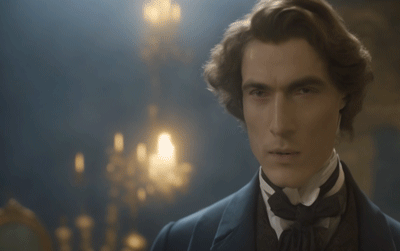
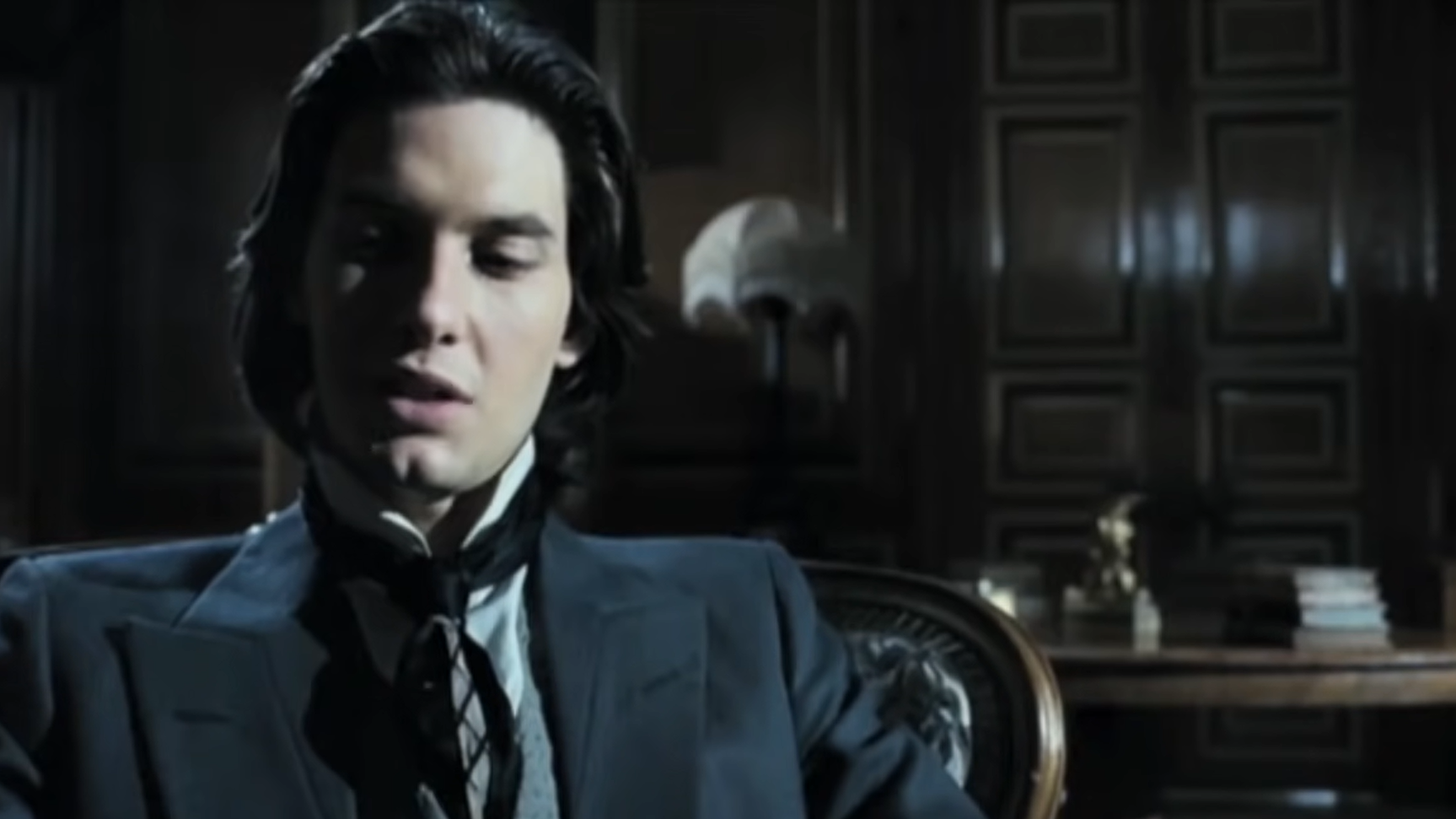
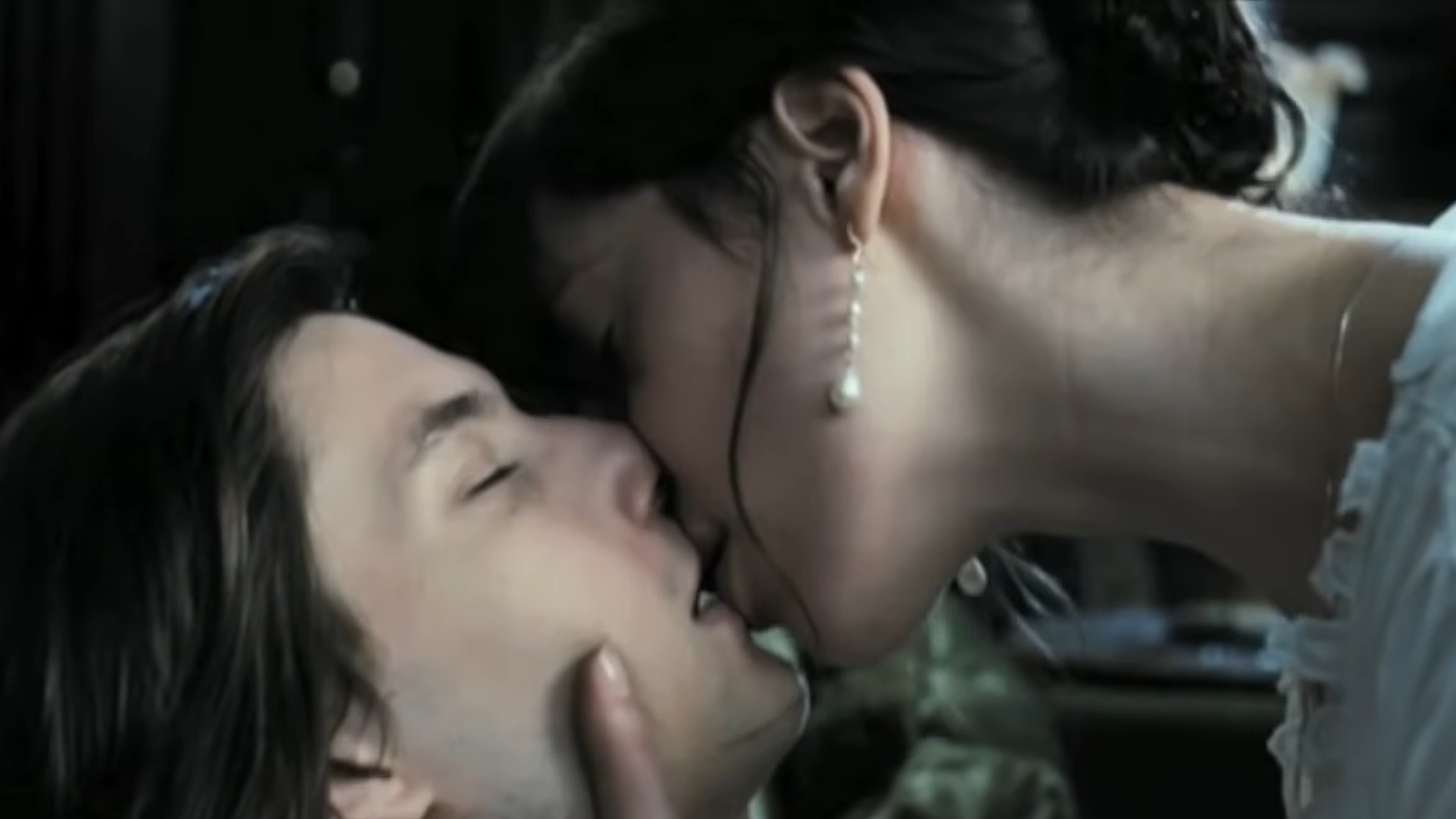

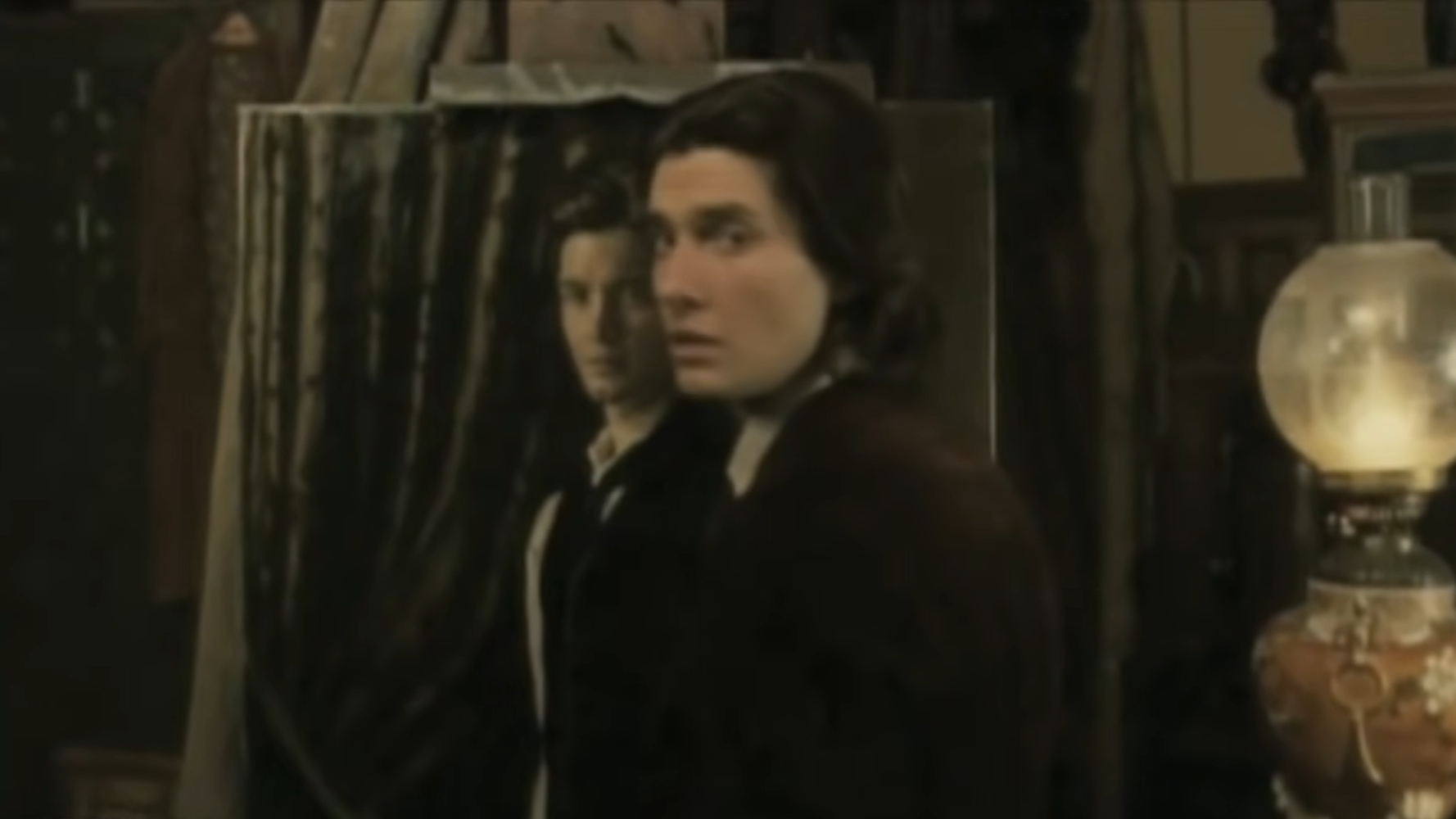
Dorian <333